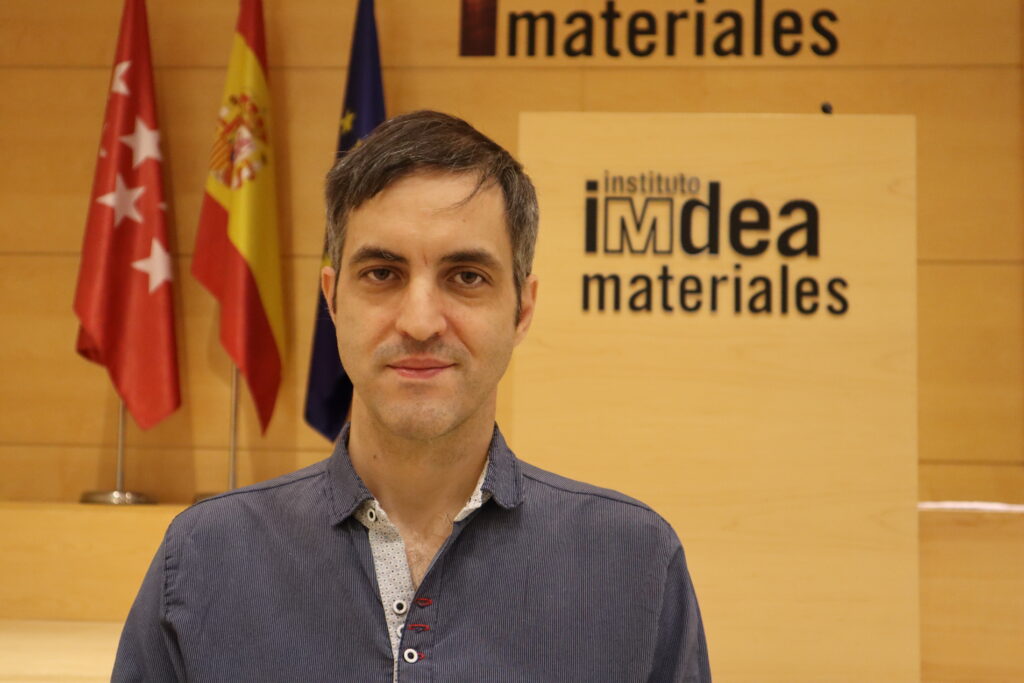IMDEA Materials Institute welcomed a new Marie Skłodowska–Curie Actions Postdoctoral Fellow in August with Dr. Carlos Ruestes joining the IMDEA team.
Dr. Ruestes is set to embark on the ambitious MeNaWir project to study the mechanical properties of nanoporous materials when exposed to radiation in a bid to advance research in the field of nuclear fusion reactors.
The 43-year-old joins IMDEA Materials having spent the past six years working with Argentina’s National Scientific and Technical Research Council (CONICET for its acronym in Spanish).

“MeNaWir aims to shed light on elusive aspects of the mechanical behaviour of nanoporous refractory metals, focusing on nanoporous tungsten and the effect of radiation damage on its mechanical properties” Dr. Ruestes explained.
“This will be accomplished by building a multiscale computational framework for the exploration of the mechanical properties of these metals for nuclear applications”.
Ruestes’ fellowship in the simulation of materials for nuclear fusion reactors will be supervised by Professor Javier Segurado, leader of the Institute´s Multiscale Materials Modelling research group, and comes at a particularly interesting time.
The future of nuclear power is a hotly-debated topic at present in a number of European countries, including Spain.
Ruestes, meanwhile, described the two-year MeNaWir project as “the most ambitious” project he has been involved with in his academic career to date.
“It’s not just that we have to develop the project, first, we have to develop the modelling and simulation tools to be able to do the job,” he said. “There’s a good base of research there but what we are doing is something that hasn’t been done before.”
The Quilmes-born researcher explained that he had been searching to challenge himself and to get out of his comfort zone when he came across the Marie Skłodowska–Curie Fellowship hosting opportunity with IMDEA Materials.
And he said that once he became aware of the quality and reputation of the Institute´s research team, he had jumped at the opportunity to add his name to the list.
“When I started to look for opportunities to continue my work outside of Argentina, I realized that I was already familiar with the work of a number of the researchers at IMDEA Materials,” he said.
“I had read quite a few publications by them, particularly from Professor Javier Segurado and Professor Javier Llorca. For me, to see those names was like a guarantee as to the excellence of the research that is being carried out here.”
And despite having arrived in Spain less than two weeks ago, the transition hasn´t been a complete culture shock for the descendent of Spanish grandparents.
“When I was younger, my grandparent’s house in Argentina was like a little Spain,” he recalled. “They had a photo of the King, a Spanish flag and Spanish cookbooks in the kitchen.
“My grandmother used to cook a lot of Spanish dishes. On my first day in Spain here, I walked out of the apartment and, immediately, it was as if I was smelling her cooking again on the street.
“So, at least in that respect, it felt a little bit like being at home again.”
